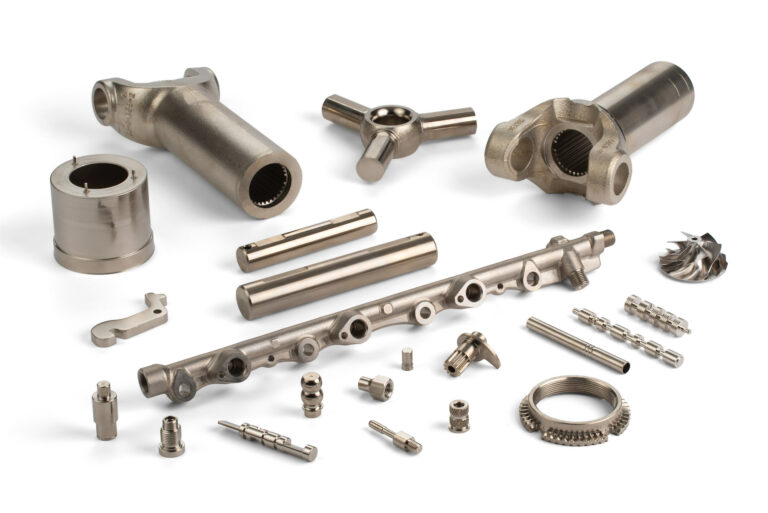Nickel has solidified as a key element in the battery technologies driving the revolution as the EV market expands globally. Although the market has been affected by recent price changes, nickel’s crucial function in EV batteries is still evident and supports growing demand in important global sectors. As this demand keeps rising, nickel electroplating services are required to improve battery components. Keep reading to learn about the future of nickel electroplating in the EV industry:
The Value of Nickel in Electric Vehicles
The lithium-ion batteries that run your electric car depend heavily on nickel. It has particular applications in two widely used battery chemistries:
- Nickel Cobalt Batteries
- Nickel cobalt aluminium
EV manufacturers like Tesla and others prefer these batteries since they provide drivers with something they truly desire: improved performance and a longer range. According to Adamas Intelligence, an average battery electric vehicle (BEV) has roughly 25.3 kilos of nickel. An example of one of the several benefits of nickel electroplating is the increasing dependence on nickel-rich batteries.
That represents a strong 8% increase over the previous year. Automakers are undoubtedly increasing their use of high-nickel batteries to provide consumers with vehicles that travel farther between charges. As long as this trend continues, nickel electroplating services will play a prime role in manufacturing efficient battery components.
The Worldwide Nickel Race
In terms of nickel production, Indonesia has fundamentally changed the rules. Only a few years ago, it was far from the leading producer.
But everything changed dramatically when Indonesia produced 1.58 million tonnes of mined nickel in 2022. It has risen by 48% in a single year alone.
Today, over half of the nickel produced worldwide comes from this nation. That’s huge. Much of Indonesia’s growth has resulted from substantial investments from China, which is hungry for nickel to support its thriving EV market and stainless-steel industry.
But it’s not limited to China. Strong nickel appetites are also seen in major auto-producing countries like the US, Germany, and Italy. The demand for strong vehicle parts and EV batteries is driving an increase in Electroplating for automotive parts. As more nations strive for greener businesses and cleaner automobiles, the competition for nickel supplies is intensifying globally.
What Are The Researchers’ Major Findings?
A recent study from Argonne National Laboratory and the University of Texas at Austin has people buzzing in the battery industry. The nickel-rich cathode is one of the two battery electrodes that help in energy storage and release, which these researchers thoroughly examined.
They assessed fifteen different high-nickel cathode materials in over five hundred tests. What they discovered is crucial, which will be as follows:
A “critical state of charge” is a property of every cathode that is essentially the safe limit before problems arise. A battery’s material becomes unstable if it is charged beyond this point. You enter dangerous areas like thermal runaway at that point, when heat builds up quickly and can result in fires or even explosions.
The researchers created a tool known as a Thermal Stability Index to provide more clarity. When a battery material begins to overheat, it can be used to assess how it responds.
Several important factors influence the stability of these nickel cathodes:
- The cathode’s chemical makeup
- The surface chemistry
- The nickel content
- The size of the crystals in the mineral
The material becomes more stable after electroplating. This will go down as one of the top benefits of nickel electroplating for safer and higher-quality batteries.
Using Electrolyte Integration to Improve Battery Performance
To improve battery performance, researchers are currently concentrating on electrolyte integration. Chemical substances called electrolytes assist the flow of ions that transport charges within batteries.
Researchers are improving the electrolyte-cathode interface to increase battery safety and efficiency. This integration will improve the total performance and longevity of electric car batteries. Advanced nickel electroplating services can improve battery surfaces for increased energy efficiency and durability.
As this development continues, you can anticipate safer and more effective batteries that will power the upcoming generation of electric vehicles.
What Does The Future Hold?
Researchers are working to increase the thermal stability of nickel-based cathodes to safely meet the energy needs of the upcoming generation of electric vehicles.
Future EV battery technology will depend heavily on creating safer and more effective materials. As a result, there will be a huge increase in customer confidence in electric mobility and a reduction in dead battery-related accidents.
As technology advances, EVs will be much more potent. They will be used a lot in the years to come—no wonder the benefits of nickel electroplating continue to amaze people in the EV industry.
The Final Words
Given the essential role of the nickel electroplating process in improving battery performance, safety, and longevity, nickel electroplating appears to have a bright future in the EV sector. Advanced nickel electroplating services will become more and more necessary as EV demand increases. Let the researchers do a stunner with the advanced technologies and make Earth a better living space.
